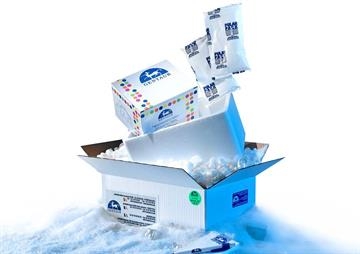Amino Fluorescent Particles, Nile Blue, 1%w/v, 0.7-0.9µm, 2mL
278.76 €
278.76 €
In Stock
quantity
product details
Catalog number: 7 - AFP-0865-2
Product Category: Business & Industrial > Science & Laboratory
Supplier:
Gentaur
Size: 2 mL
Gentaur distributes carboxyl, amino, functionalized surface groups used for covalent coupling . If you need more technical information please contact our dedicated team via live chat, phone or email.











